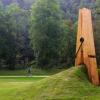Leaderboard
Popular Content
Showing content with the highest reputation on 01/20/2022 in all areas
-
Yes and I can narrow it down to late 1942 and early 1943. By early 1943, I mean prior to April 1943. I have never seen this marking before but it does look like 関 as Trystan indicated. Hard to tell what the second character is though without having another example to compare to. The other character on the wood handle liner looks like 大 which means "large". Victor, below are two links about Type 95s that you might enjoy looking at. Start with the first one and then move on to the second one. IJA Type 95 NCO Sword Info Short Development History of Type 95 Gunto3 points
-
2 points
-
Hi Charles, Putting together a koshirae is often a fool's errand. I know because I've done it 1.5 times. I'm impressed by your results.2 points
-
Just to add a bit of information to SteveM. By the late 19th early 20th Century, items in the style of those originally produced in the former fiefdom of the Satsuma were being made in kilns all over Japan. The Hattori were based in Yokohama, so it was an easy process to supply the Western buyers, and ship it without inconvenience.2 points
-
Bruce, special thanks to you for introducing me to this forum. (Your publications on Guns.ru) There is a very competent community here and a lot of interesting information. The blade of the sword is really very well preserved. Thanks to two wide dents in the scabbard, the blade got stuck in the wooden elements. As for painting, I'll think about it, but most likely I'll leave it as it is. There is a lot of paint left on the scabbard and it does not crumble.2 points
-
Daniel, Thanks for this information. It is always nice to have some idea of the meanings for the themes of fittings. For others who have asked about the maker of the kosirae, I contacted the vendor who arranged for it to be made, but they would not reveal the name of the maker. The direct quote from their email was "He is shy and doesn't like to make his name public." I suspect that they don't want me to be able to deal directly with him in the future rather than the maker being shy, but that is what it is. The koshirae was crafted well, and it was done fairly quickly. I had it made along with having the tsuka of another sword rewrapped with new tsuka-ito. The tsuka was was done in about a month's time, and the full koshirae was done in only three. Together with the price of the fittings, the construction of koshirae cost about as much as the blade that it was made for. The menuki have an NBTHK Hozon paper attributing them to the Denjo school. The tsuba is mumei shakudo, with a plugged kozuka ana in a plain kenjo style. The Fuchi Kashira set is signed Yoshikawa Munemitsu (吉川 宗光). The fittings were purchased as a full set. New seppa had to be made as the craftsperson did not want to try and file the old seppa to fit as the gold foil would be damaged. The bade that this koshirae was made for is a short katana with new NBTHK Hozon papers that attribute the sword as Mino Senjuin (美濃千手院). The sword also has two older white NBTHK papers. One attributes it to Shitahara and the other to Fujishima. So now I am just a bit confused. I was hoping the newer paper might bring some clarity, but for me it just muddies the waters. The vendor thought that the sword was likely Fujishima. That would make the sword about 100 years older than Mino Senjuin if I have my facts correct. I don't know about. The nakago of the blade is heavily corroded at the mekugi-ana, but otherwise the blade is in beautiful condition aside from a tiny fukure on the shinogi-ji. Blade length: 63.6cm or 25.0 inches. Sori :1.9 cm or 0.74 inches. Width at the hamachi: 3.13cm or 1.23 inches. Width at the Kissaki: 2.1 cm or 0.8 inches. Kasane : 0.71 cm or 0.27 inches. The weight of the sword 660 grams. All in all, I am pleased with this experience as a learning exercise. I now have an idea of how long things take in Japan. This sword was initially purchased in April of 2021. It was submitted for shinsa in June, it passed shinsa in September, the papers were produced in October, and the koshirae was started in October as well. The sword finally reached my hands as a complete package in January of 2022.2 points
-
Everything about this sword . other than the mei which is well cut and looks old , points to this being a showa or gendai blade . Ian brooks2 points
-
Further to your comment, George, on your “celluloid same” thread, I have made a new post to show my new (and first) “RS” shin-gunto. Today I closely examined the nagako under strong magnification. I wasn’t expecting find anything other than the painted characters which showed on the former owner’s pics, so I was delighted to discover a “Gifu-in-sakura” stamp! (thank you Bruce P, for your excellent article). Whilst the blade may not be particularly interesting to many, I’m very happy to have this well-preserved example. For me these RS represent much more than what one sees at face-value :-) I’ve attached a number of pics. Regards to all. Paul1 point
-
For those who didn't see the story on Facebook, and didn't know about the discovery, I would urge you to check out the latest article in the Downloads section regarding a significant find in the Nihonto world. My thanks and congratulations go out to Ian Brooks - @Ian B3HR2UH Awesome story!1 point
-
1 point
-
Victor, Nice one! The blade seems to be in decent shape. You the tsuka and saya could be restored with a re-paint. Some collectors prefer to leave gunto in the condition they were found in, as it is the "life of the blade". Some will restore. I have one Type 95 that I repainted. It looks too new and too good, so it's not ideal, but it's better than the gold paint it arrived in. Even the blade had been painted gold. I had a buddy who paints model airplanes do the tsuka, and I did the saya. Hard to get the WWII Army green just right. On another note, I have 5 Type 95s on file with the "W" or "M" stamp and 3 of the 5 are Iijima blades. One is a Kobe and the 5th is steel fuchi, but probably Seki. All 5 are Tokyo blades.1 point
-
1 point
-
1 point
-
Well, Paul, Trystan, Dan...I've been 'into' WWII gunto full-on for 20 years and I have never seen an unsigned/undated RS. As your mumei example is "Gi" stamped Dan, it is clear it went through the manufacturing procedure according to the rules. So, interesting...nice example too. Thanks...again, with Japanese swords, never say never and never say always! Regards,1 point
-
1 point
-
I compared it to the other Kasuga that is dated May and I agree that they are the same style and cut. The sword in the OP then is dated May 1945 昭和二十年五月. For those that would like to look at the auction photographs, see the link below. I would like to extend my thanks to Trystan for locating the auction photographs. Japan -Harumoto - Type 98 -IJA WW2 officer katana, Shin gunto, gendaito - Sword1 point
-
1 point
-
Thank you for the photo-essay. As you already know, it is a mid-production Type 95 Military Sword that was made by Iijima, one of the main contractors for Kokura Arsenal.1 point
-
1 point
-
I'll play devil's advocate if your friend thought he was actually buying a soshin for that price...well lets say i may have a thing or two for sale. Even though a little bit overpriced for a wak it is actually not so bad of sword. Seen a lot worse sold for more.1 point
-
So what I did was to take a "Magic Eraser" (fine sponge from Walmart that's good at removing grit from objects without scratching—I use these for removing yellowing from my 1980s Apple Macintosh collection) and some rubbing alcohol, and scrub the tang for a minute or so, until the red dust (which was covering most of it) was gone and some of the underlying brown/gray buildup was visible. I didn't scour it all the way down to the bare metal, or anything. Also, the Magic Eraser was literally red after the cleaning. I can accept that I might have gone overboard and used too harsh of a method—lesson learned.1 point
-
Fukuyama Castle in Hiroshima has been gifted with 2,000 steel plates by JFE Steel for the 400th anniversary of the castle's founding. 1619-1622 The north face was considered weak against 'cannon fire', and was originally covered in 鉄板 iron/steel plates, apparently. Unique in Japan. https://news.yahoo.co.jp/articles/2bbcef8ae572d5fcddec336a75ea660599960206 https://tabetainjya.com/archives/cat_19/post_6604/1 point
-
1 point
-
Visually, the dimensions of these two swords are totally different. Would it be possible to get nagasa and nakago measurements of the two swords on the right, serials セ2430 and い1170? Also, what is the blade width and thickness at the ha & mune machi? It looks like the fittings and scabbards are of different measurements as well. Almost as if they are not interchangeable. Not interested in measurements but would like your opinion whether they are or not.1 point
-
1 point
-
Putting together a koshirae is fine when done by the right people with the right knowledge. In this case, was done right. I like it a lot.1 point
-
HI Bruce & Steve, Don't have the background arsenal knowledge of either of you but purely from a logic point of view (and to a small degree personal experience) I agree with Steve's comment about swapping equipment in the field. To my mind that scenario is more than a remote possibly but quite likely particularly as the NCO seems to be a 'one size fits' all. Mid and later in the war, the IJA supply lines had enough trouble with ammunition, food and medicines without worrying about things that could easily be rectified in the field (resourcefully). Is it simply a matter of IJA soldiers being issued consecutive numbered factory/arsenal equipment on commencing/leaving basic training? Largely, the men from those units would remain together during their various postings and logically, would make whatever 'field swaps' they needed to in order to remain operational. Seems straightforward to me. Regards Rob1 point











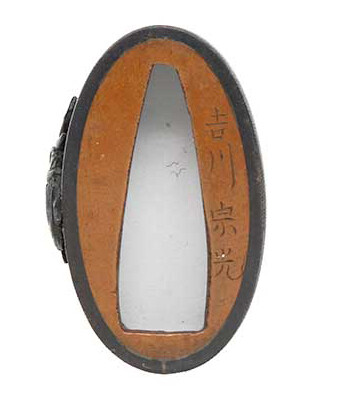




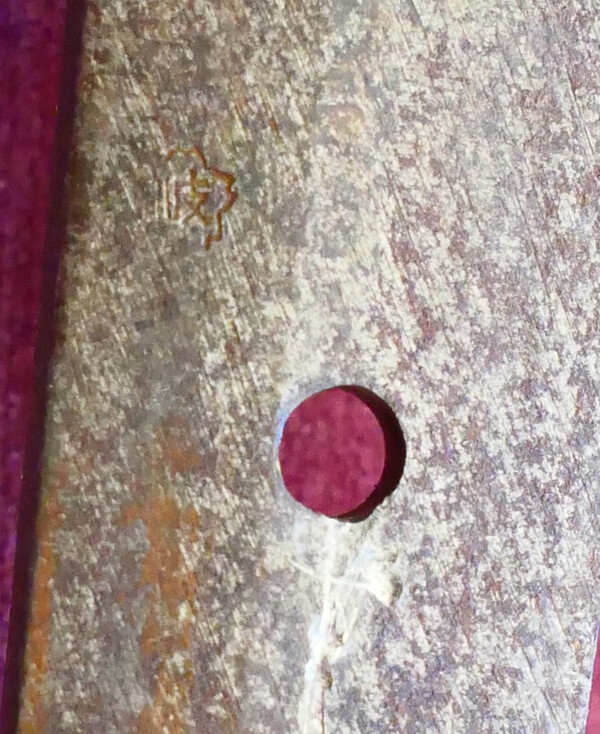




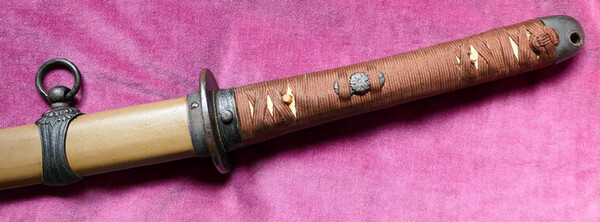





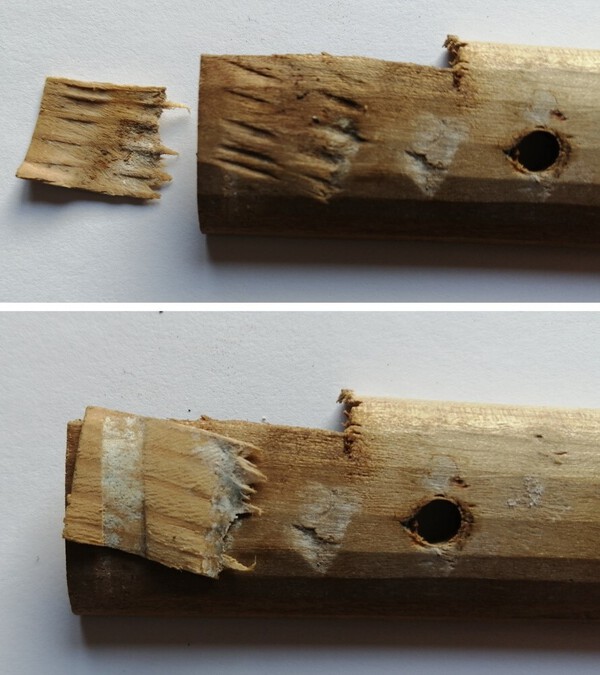









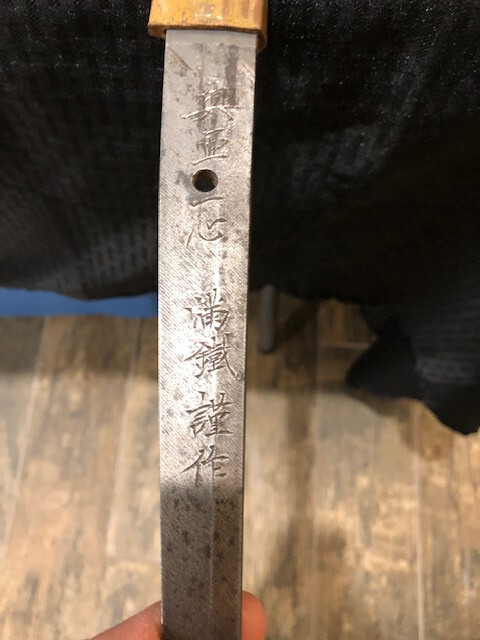
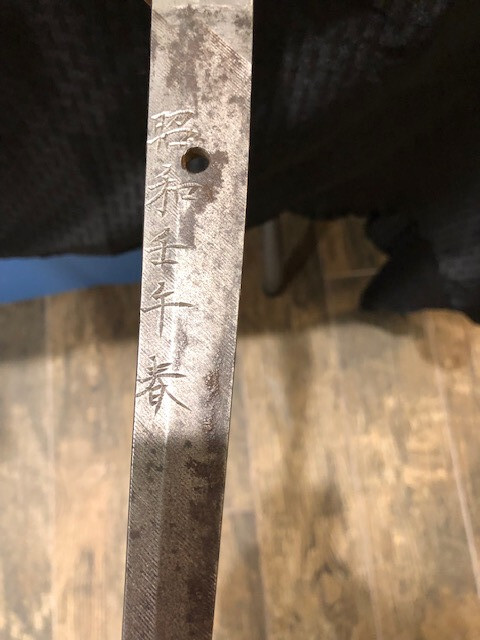
.thumb.jpg.104fe7bfd881c61c7fa8adf065a76bca.jpg)
.thumb.jpg.aaf75046ea7f5afc2ac74d22ed07f1e9.jpg)
.thumb.jpg.580c0f6282adfd79280b5b64018450c9.jpg)
.thumb.jpg.9099201d2454d90846f1a712c56d2777.jpg)
